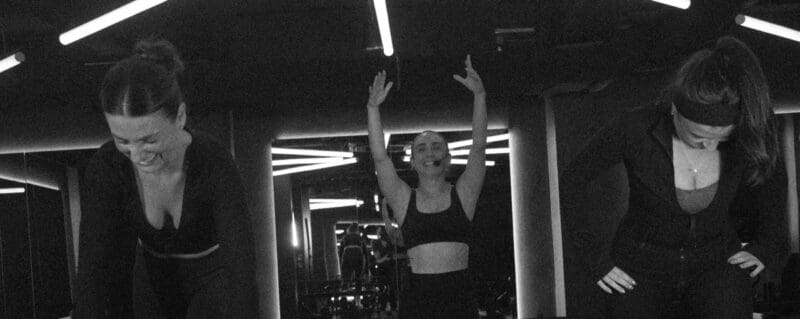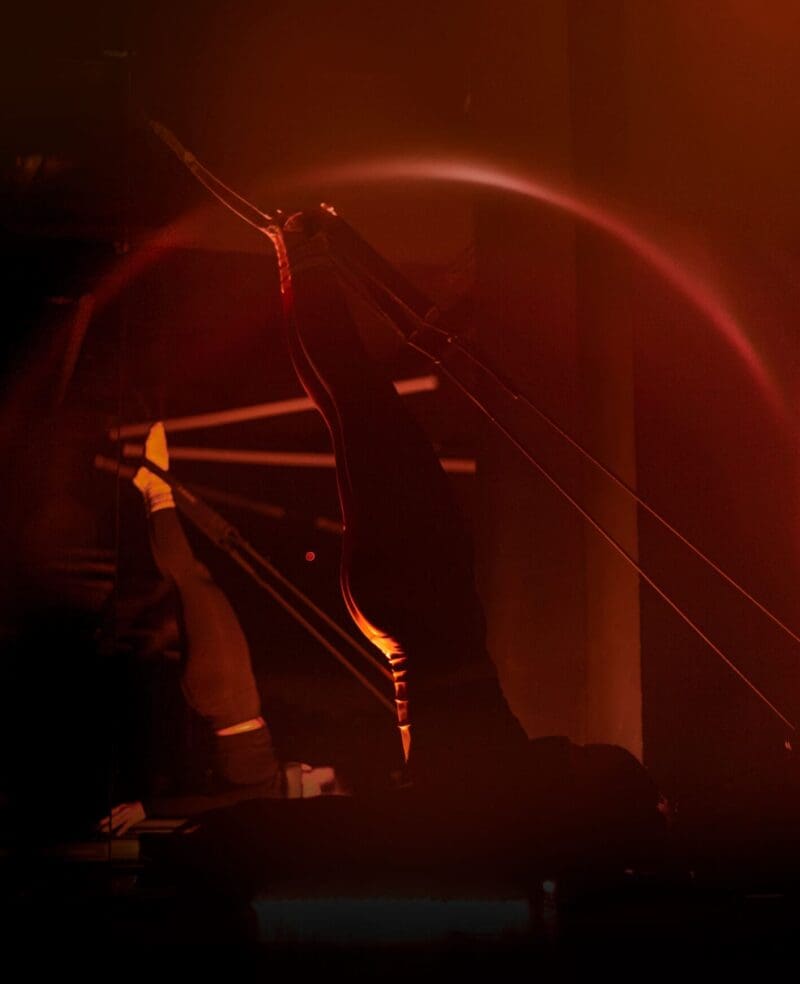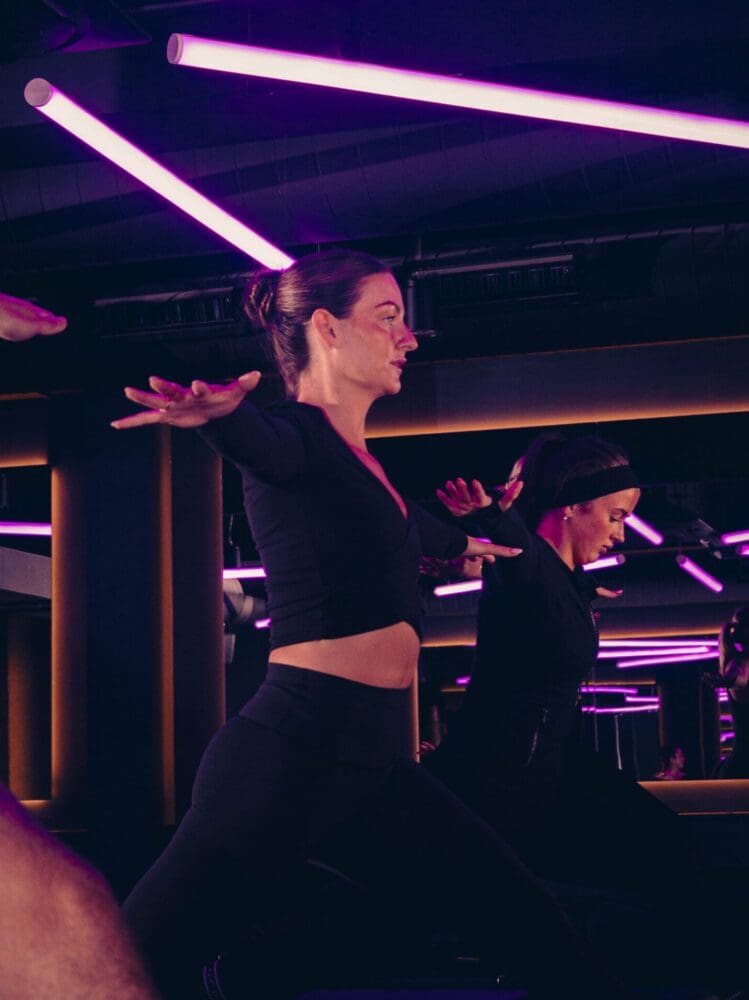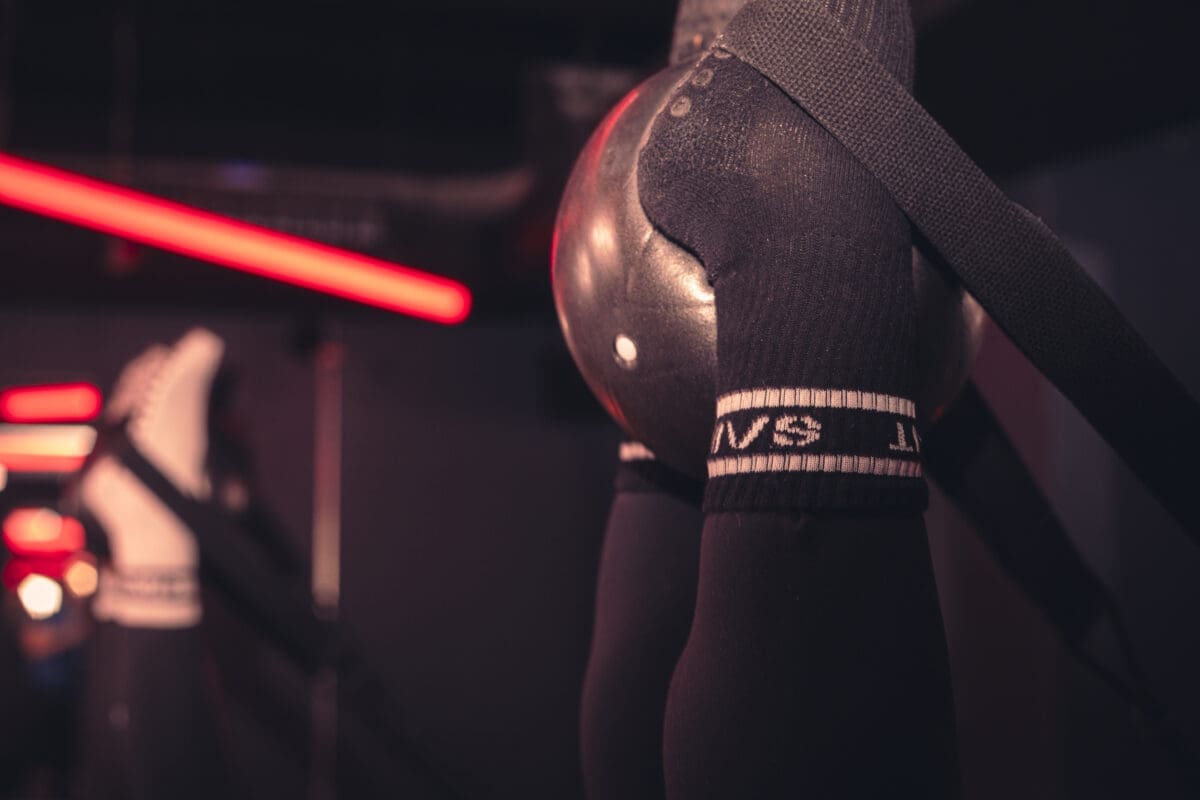Pregnancy is a beautiful, transformative journey – Your body is working overtime, growing and nourishing a new life while adapting to the many physical and hormonal changes that come with it. Staying active during this time can be hugely beneficial, boosting energy, improving mood, supporting circulation, and even helping with labour preparation and postnatal recovery.
With that in mind, when it comes to exercise during pregnancy – especially a dynamic and strength-based practice like Reformer Pilates, it’s essential to be informed, intentional, and kind to your body. At SAINT, we believe movement in pregnancy should be about empowerment, not pressure – It’s about learning what serves you best, understanding what to avoid, and knowing that slowing down doesn’t mean falling behind.

Why Reformer Pilates Can Be Amazing During Pregnancy
• Reformer Pilates offers low-impact, full-body strengthening while improving flexibility, core stability, and posture.
• Stronger core and pelvic floor: Helping support your spine and reduce back pain.
• Better posture and alignment: Counteracting the postural shifts of pregnancy, like rounded shoulders or sway back.
• Improved circulation and mobility: Reducing swelling and stiffness.
• Mind-body connection: Fostering relaxation, breath control, and body awareness.
Pregnancy isn’t the time to push your limits, it’s the time to adapt them.



